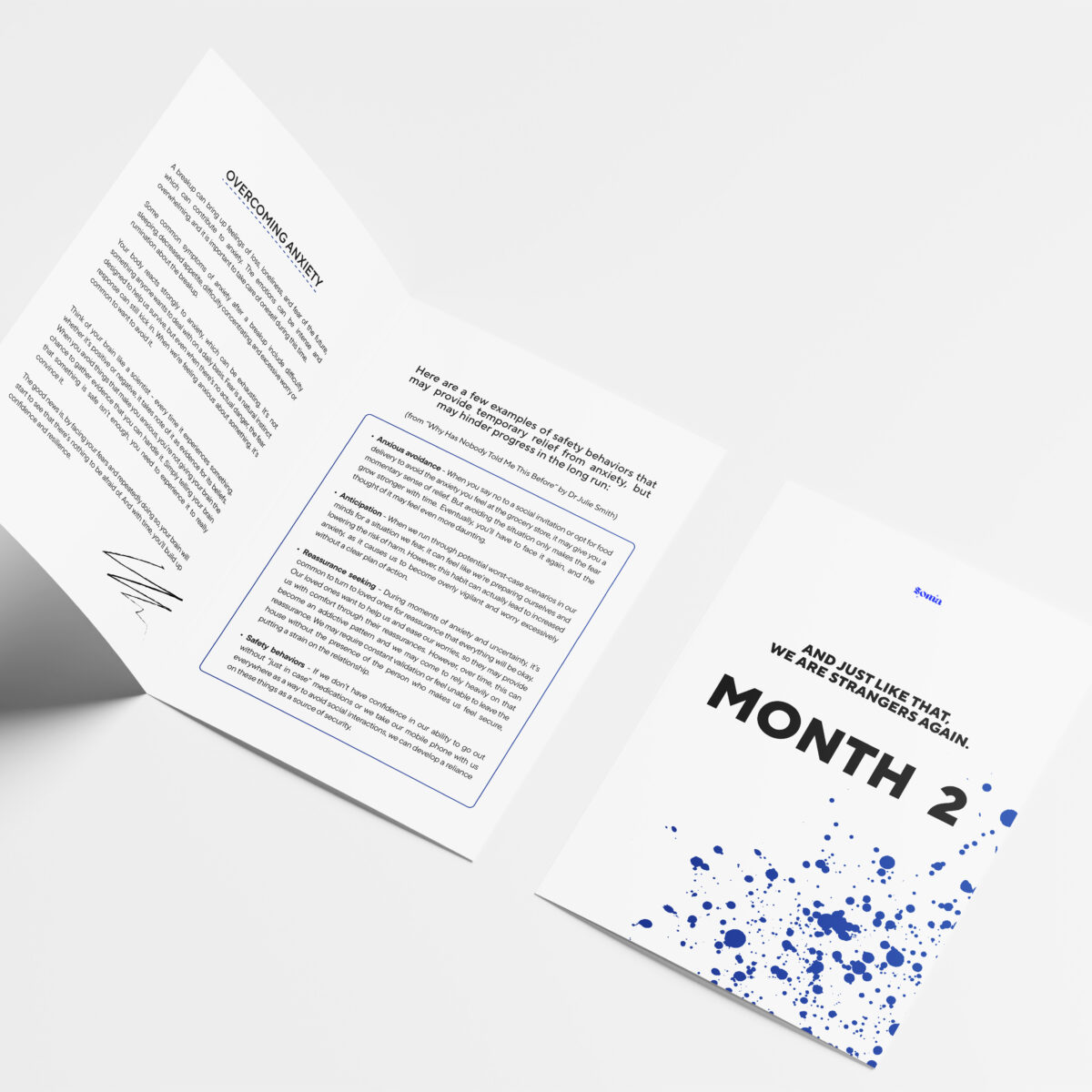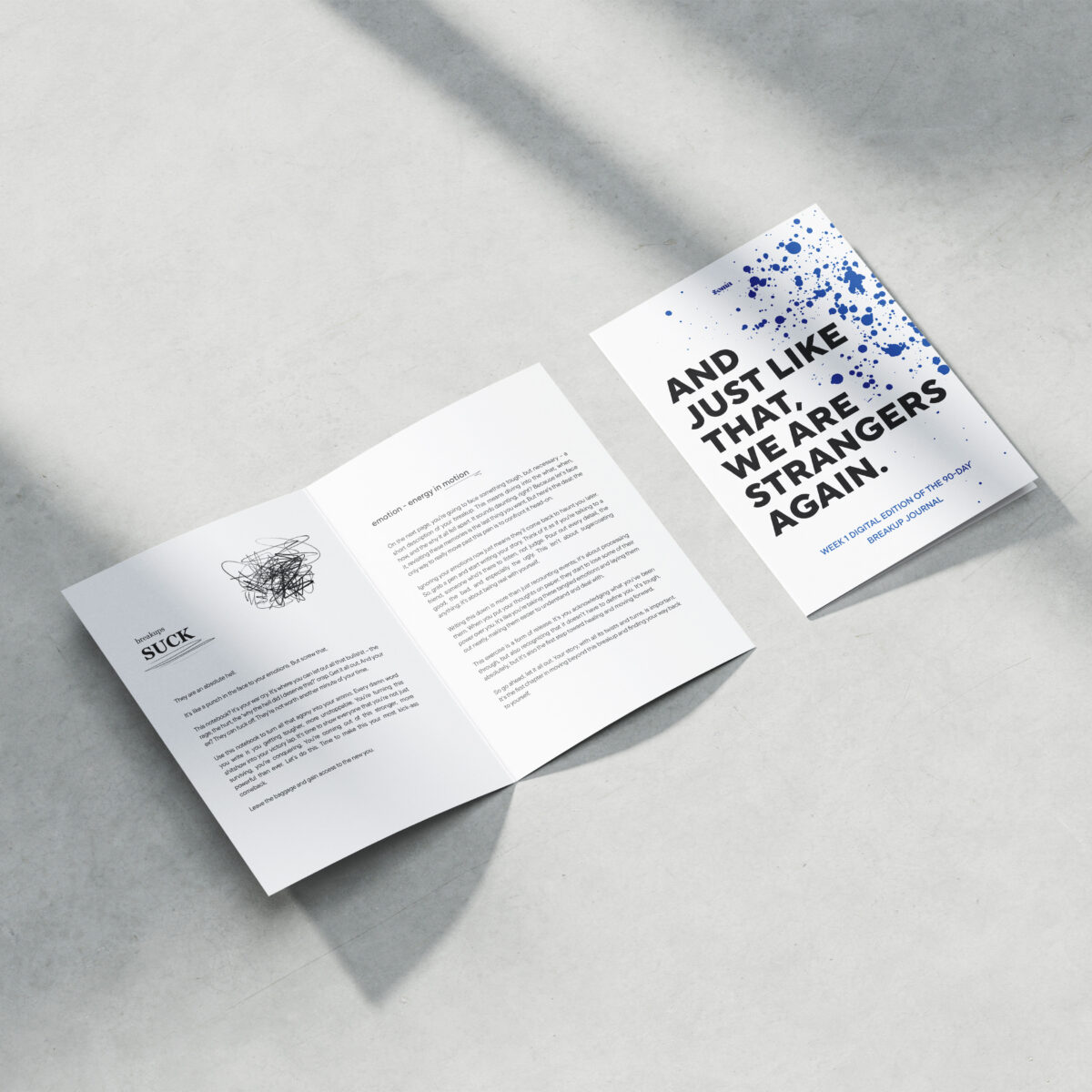
Have you ever dated someone who seemed perfect on paper but felt emotionally distant? Maybe they showered you with affection in the beginning, only to pull back the moment things started to get serious. If this sounds familiar, you may have encountered someone with avoidant attachment.
In this deep dive into the world of avoidant attachment, we’ll explore the burning question: Can people with avoidant attachment truly fall in love? Spoiler: Yes, they can. But understanding how they experience love is crucial if you’re navigating a relationship with an avoidant partner.
The Basics of Avoidant Attachment
Before we jump into the details of avoidant love, let’s break down what avoidant attachment is. Attachment theory, developed by British psychologist John Bowlby, describes how early relationships with caregivers shape the way we connect with others later in life. Avoidant attachment forms when a child’s emotional needs were consistently ignored or dismissed, teaching them that vulnerability is unsafe.
People with avoidant attachment tend to avoid deep emotional connections because they fear being hurt, abandoned, or losing their independence. Instead, they build walls around their emotions, prioritizing self-sufficiency over intimacy. This isn’t because they don’t want love – they do. But their past experiences make them believe that getting close to someone will eventually lead to pain. And that’s where things get complicated.
Can They Fall in Love?
Yes, avoidants can absolutely fall in love. But their version of love doesn’t look like the passionate, whirlwind romance you might expect. Avoidants experience love in a more controlled, detached way. They may care deeply for you, but they’re also likely to keep you at a safe distance, emotionally speaking. For avoidant individuals, vulnerability feels like losing control, and they’ll do almost anything to avoid that feeling.
Here’s where it gets tricky: even though they can fall in love, avoidants are often unaware of their own emotions. They’ve become experts at suppressing their feelings, so much so that they might not even realize when they’re in love. They’ll express affection through subtle actions rather than emotional declarations, which can be confusing for their partners.
The Push-Pull Dynamic
One of the most frustrating aspects of dating an avoidant partner is the push-pull dynamic. In the early stages of the relationship, they might seem eager and affectionate, pulling you in with charm and attention. But as soon as the relationship deepens, they begin to push you away. They might cancel plans, become emotionally distant, or avoid discussing the future.
This isn’t because they’ve lost interest. In fact, the opposite is often true – they’re pulling away because they do care. For avoidants, getting too close triggers their fear of being overwhelmed or hurt. They’re not rejecting you; they’re protecting themselves from the vulnerability that love demands.
How Avoidants Show Love
So if avoidants can fall in love, how do they show it? It’s important to remember that avoidants often express love in ways that might seem unconventional or difficult to recognize. While they may struggle with verbal or emotional intimacy, they often show love through actions rather than words.
- Acts of Service: Avoidants often express affection by doing things for their partner – whether it’s fixing something around the house or taking care of practical needs. This can be their way of showing they care without having to be emotionally vulnerable.
- Space: Believe it or not, giving you space can be an avoidant’s way of respecting your independence and showing trust. They see autonomy as a sign of a healthy relationship and often need their own space to feel safe.
- Physical Affection on Their Terms: Avoidants may enjoy physical affection, but only when they’re in control of the situation. They’re more likely to initiate affection when they feel comfortable, rather than responding to a partner’s emotional needs.
This is where many relationships with avoidants hit a wall. Their partner might crave emotional closeness, while the avoidant pulls back, creating tension and frustration. It can feel like you’re constantly chasing their affection, only to have them retreat whenever things get too serious.
The Emotional Toll of Loving an Avoidant
Dating someone with avoidant attachment can be emotionally exhausting. The constant push-pull dynamic can leave you feeling confused, rejected, and unsure of where you stand. It’s common for partners of avoidants to internalize this behavior, believing they’re not “enough” to make their partner stay. But the truth is, it’s not about you, it’s about their unresolved fears around intimacy.
Unless an avoidant person recognizes their attachment style and chooses to work on it, the relationship is likely to remain emotionally distant. They may love you, but they won’t be able to give you the deep emotional connection you crave unless they confront their own fears.

Can Avoidants Change?
If you’re in love with someone with avoidant attachment, you’re probably wondering if they can ever change. The answer is yes, but it requires a lot of self-awareness and effort on their part. Avoidants can learn to open up emotionally, but they have to be willing to face their fear of vulnerability. This often involves therapy, where they can explore the root of their attachment style and learn healthier ways to connect with others.
But here’s the key: you can’t change them. They have to want it for themselves. And if they’re not willing to do the work, you’re left with a choice – accept the emotional distance or walk away. It’s not an easy decision, but staying in a relationship where your emotional needs aren’t being met can lead to long-term frustration and resentment.
How to Navigate a Relationship with an Avoidant Partner
If you’ve decided to stick it out with an avoidant partner, there are ways to navigate the relationship without losing yourself in the process. Here are some strategies to help you maintain your own emotional health while being in a relationship with someone who struggles with intimacy:
Focus on Your Own Growth: It’s easy to get caught up in trying to “fix” your partner, but remember to focus on your own emotional growth as well. Stay connected to your own needs and don’t lose sight of your self-worth in the process.
Set Clear Boundaries: Avoidants may push you away, but that doesn’t mean you should allow them to disrespect your needs. Set clear boundaries around what you need in terms of emotional support, and don’t be afraid to communicate these expectations.
Don’t Chase: It’s tempting to chase after your partner when they pull away, but this often leads to more distance. Instead, give them the space they need, while maintaining your own emotional independence.
Encourage Open Communication: Try to create an environment where your partner feels safe to express their emotions, without fear of judgment. This may take time, but consistent, gentle communication can help them feel more comfortable opening up.
When to Walk Away
Sometimes, despite your best efforts, an avoidant partner simply isn’t willing to meet you halfway. If you’ve communicated your needs, given them space, and tried to create an emotionally safe environment, yet still feel unfulfilled, it may be time to reconsider the relationship.
Love isn’t always enough. If your partner isn’t willing to confront their fears and work on their emotional availability, you have to ask yourself whether this relationship is truly serving you. Staying in a relationship where your needs aren’t being met can take a serious toll on your mental health, leading to feelings of loneliness and resentment.
Yes, people with avoidant attachment can fall in love – but it’s a love that comes with conditions. Their fear of vulnerability will always be a barrier unless they make the conscious decision to work through it. If you’re dating an avoidant partner, it’s crucial to understand their attachment style and recognize that their emotional distance isn’t a reflection of you. They’re not rejecting you, they’re rejecting the vulnerability that love requires.
But the question remains: are you willing to accept the kind of love they offer? If not, it might be time to stop chasing after someone who’s afraid of standing still.
START YOUR JOURNEY FOR FREE
Start your journey now and end the heartache.
If you need daily support to work though your attachment style, check out our breakup journal!









